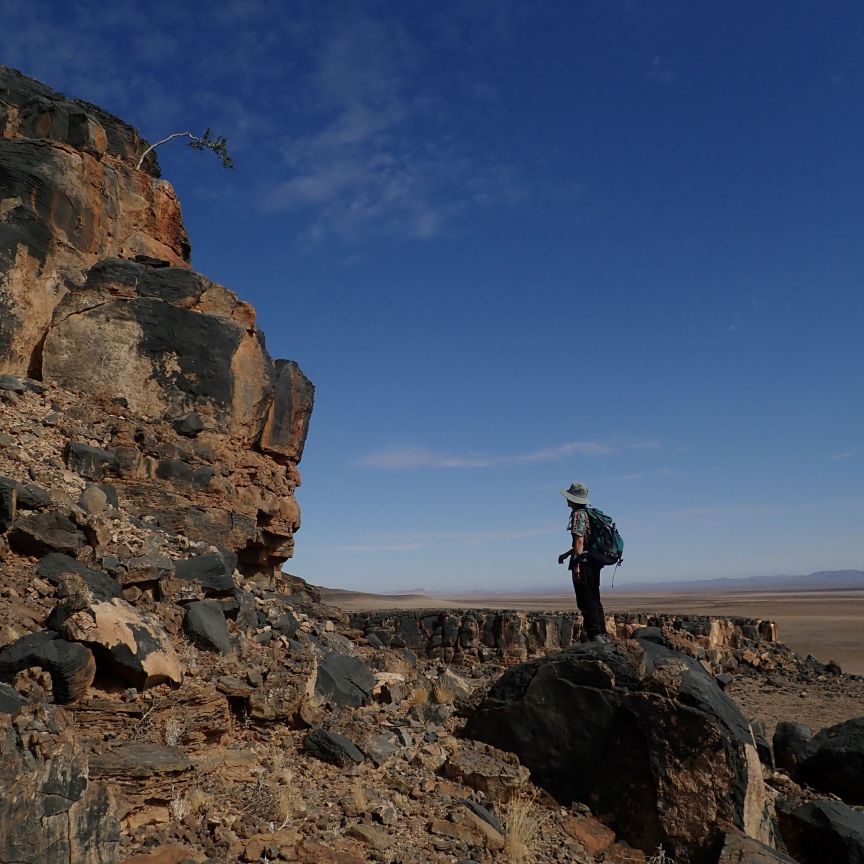
We integrate aspects of geology and biology to explore how Earth’s physical environments and organisms have interacted over time. Our scientists are particularly interested in the interplay between the Earth system and life on Earth, and how each influences the other.
This interdisciplinary field includes diverse topics, ranging from the emergence of the first multicellular organisms on Earth to the role of life in shaping the atmosphere and climate over geological time scales, as well as how animals adapt to modern environmental changes. We study the evolution of land plants and how they fundamentally changed weathering processes on the continents.
We are also a major centre for the study of ancient vertebrates, combining research on biological functions with geological changes, such as plate tectonics and species distribution.
Current research includes: the study of Ediacaran fossils—some of the earliest large, complex organisms in the fossil record—and their impacts on sediments and environments; understanding how birds developed their modern biological features and diversified after the extinction of non-avian dinosaurs; and examining how marine invertebrates, such as molluscs, respond to changes in marine environments caused by global warming and human activities.
This highly collaborative research involves colleagues across the University, the British Antarctic Survey, and international partners.
People specializing in this area
| Name | Office phone | Email address |
|---|---|---|
| Professor Nicholas J. Butterfield | +44 (0) 1223 333379 | njb1005@cam.ac.uk |
| Professor Neil Davies | +44 (0) 1223 333453 | nsd27@cam.ac.uk |
| Professor Daniel J. Field | +44 (0) 1223 768329 | djf70@cam.ac.uk |
| Professor Elizabeth Harper | +44 (0) 1223 333428 | emh21@cam.ac.uk |
| Professor Alex Liu | +44 (0) 1223 768326 | agscl2@cam.ac.uk |
| Name | Office phone | Email address |
|---|---|---|
| Dr Claudio Garbelli | cg772@cam.ac.uk | |
| Dr William McMahon | wjm39@cam.ac.uk | |
| Dr Junya Watanabe |
| Name | Office phone | Email address |
|---|---|---|
| Dr Charlotte Guenevere Kenchington | +44 (0)1223 333416 | cgk27@cam.ac.uk |
| Name | Office phone | Email address |
|---|---|---|
| Professor Simon Conway Morris | +44 (0) 1223 333414 | sc113@esc.cam.ac.uk |
| Professor David Norman | +44 (0) 1223 333426 | dn102@cam.ac.uk |
